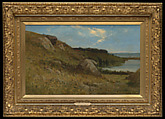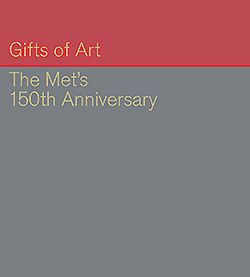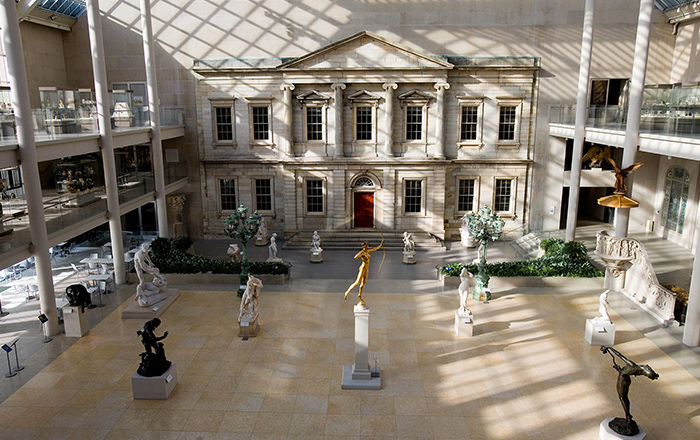Newport
Edward Bannister American
Painting and the sea were dual passions of Bannister, the first Black American artist to receive widespread acclaim. After a youth spent working on ships along the Atlantic seaboard, the Canadian-born artist eventually settled in Providence, Rhode Island, where he became one of the earliest faculty members of the Rhode Island School of Design. In 1876, he won a prize for his pastoral landscape Under the Oaks (unlocated) at the Centennial International Exhibition, America’s first world’s fair, held in Philadelphia. When his race was discovered, the jurors tried to rescind the award, but his fellow exhibition artists protested, and he was given the bronze medal. Best known for pastoral landscapes inspired by Jean-François Millet and the French Barbizon School, Bannister imbued his later views of the Atlantic coastline—such as this work—with a greater vibrancy and luminosity, informed by Impressionism.
This image cannot be enlarged, viewed at full screen, or downloaded.
This artwork is meant to be viewed from right to left. Scroll left to view more.




